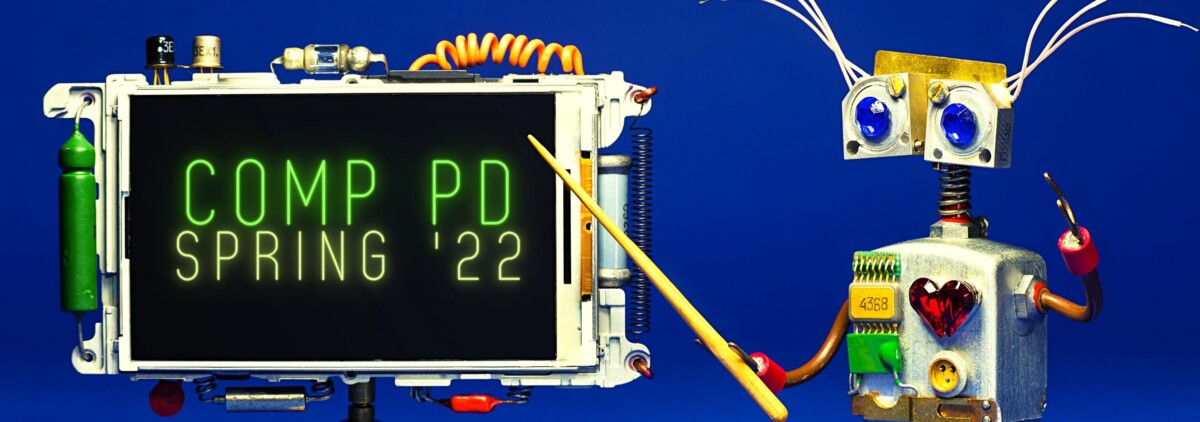As an entirely multimodal person, who has spent many years unsuccessfully trying to bend myself into one mode, I find that I am still mildly conflicted by the ideas presented in Takayoshi and Selfe’s piece. Although the digital world has become all-encompassing, and obviously more so in the past year and change, the attitude that language, and purely “alphabetic” writing, is somehow passé doesn’t feel comfortable. Obviously this is not a zero-sum game, and multimodal seems to imply that we embrace a multiplicity of viewpoints. Paper and books were once state-of-the art technology. The study of rhetoric, as the authors point out, began by looking at oral communication, not written. Multimodal education can honor and respect the traditions, just as it seeks to incorporate new ideas and modes.
With my caveat in place, I see no reason why standards, elegance or literary ideals need to be compromised when working this way, and personally I like it, though with a little less focus on the digital world as such. We can bend technology to our will just as forcefully as it can bend us. Technology was invented by humans, choices were made, and perhaps we can apply a critical eye to the technology itself, not just to what was produced with it. As the authors say, “Grounded in the knowledge that comes from authoring multimodal compositions themselves, students can constructively respond to audio and visual compositions, developing critical perspectives that will serve them well as citizens who respond to any texts” (3). These critical perspectives should be applied to all the world, and especially the digital world, an artificial place that was created with an uneven application of art and care.
A few years ago, I read Lynda Barry’s book Syllabus and jealously considered her work. She teaches at the University of Wisconsin-Madison as a “professor of interdisciplinary creativity” and has put out a few books about her strange and novel approach to the classroom. Art, research, science, and writing are interwoven in idiosyncratic and delightful ways. Granted, what she talks about is all on paper, and I realize that that’s not exactly what’s being discussed here. Still, in my own work and education I’ve always tacked in the direction of the gray area between modes, like William Blake’s illustrated poems. I like that gray area best, and have always taught it enthusiastically in my own way.
I’ve always snuck in some multimodal assignments along the way, though again tacking towards paper, but was a bit sheepish about it, and never pushed it as far as I would have liked. We’ve spent time looking at and analyzing comic strips over the years (Krazy Kat and Little Nemo in Slumberland in the context of Modernism and Surrealism, looking at the rhetoric of the genre). We’ve always listened to podcasts and watched short art films to look at their construction: diegetic and non-diegetic music, use of voice-over etc. This semester I’ve introduced some small drawing projects as well based on our reading, but over the years we’ve always returned to the five-paragraph essay, as was the standard. The purpose of looking at these things was always to write about them in the end.
There are many multimodal ideas I would like to introduce in the classroom, though not all of them are digital. I always wanted to have the students create zines, for instance, collective zines using artwork and their writing, or individual thematic works. I’m sure there are ways to think about that project both in analog and digital terms. I’m also eager to explore making podcasts and sound recordings with my students. Some of the podcasts out there are beautifully written and hold to the highest standards of composition. I’ve had a number of students interested in using that genre for their unit 3 project and one who made a podcast last semester, and would like to delve into that a lot more.
A multimodal environment that fully embraces the multiplicity of modes is delightful to me, as it leads me to a teaching life more integrated with the rest of my work, education, and interests.



